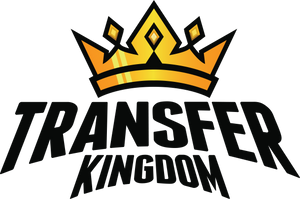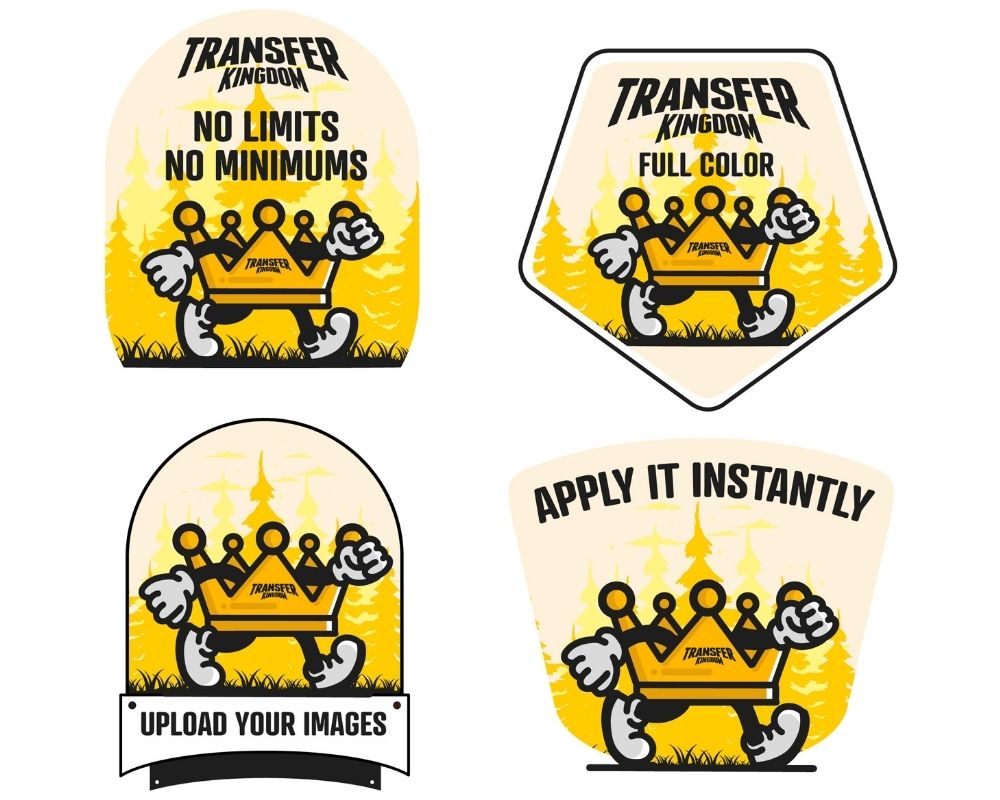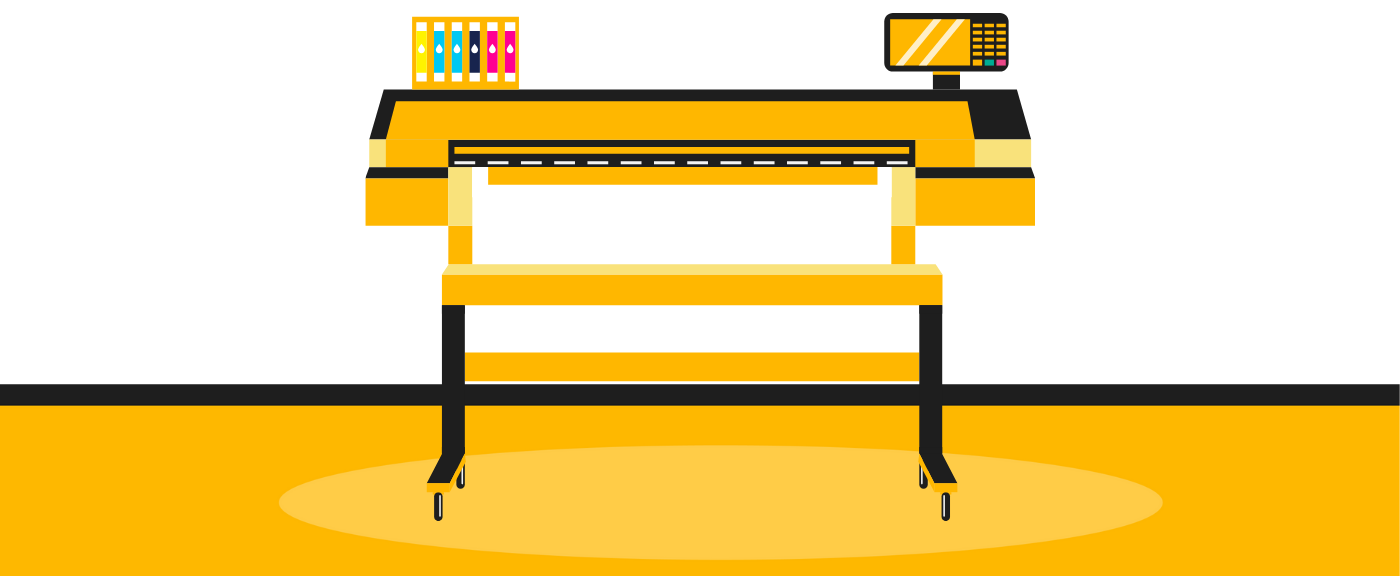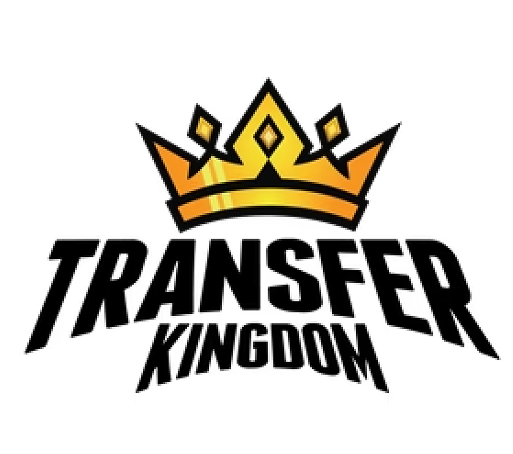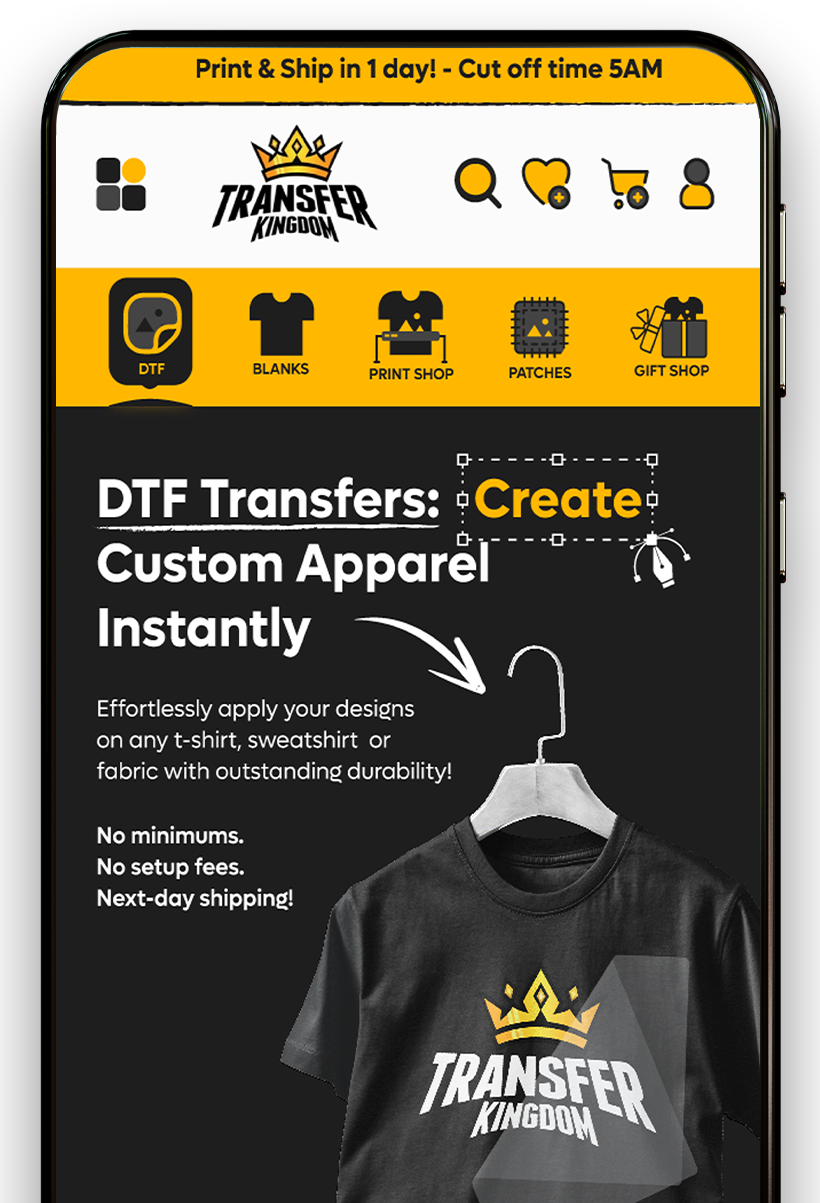Social Media Marketing for Clothing Brands
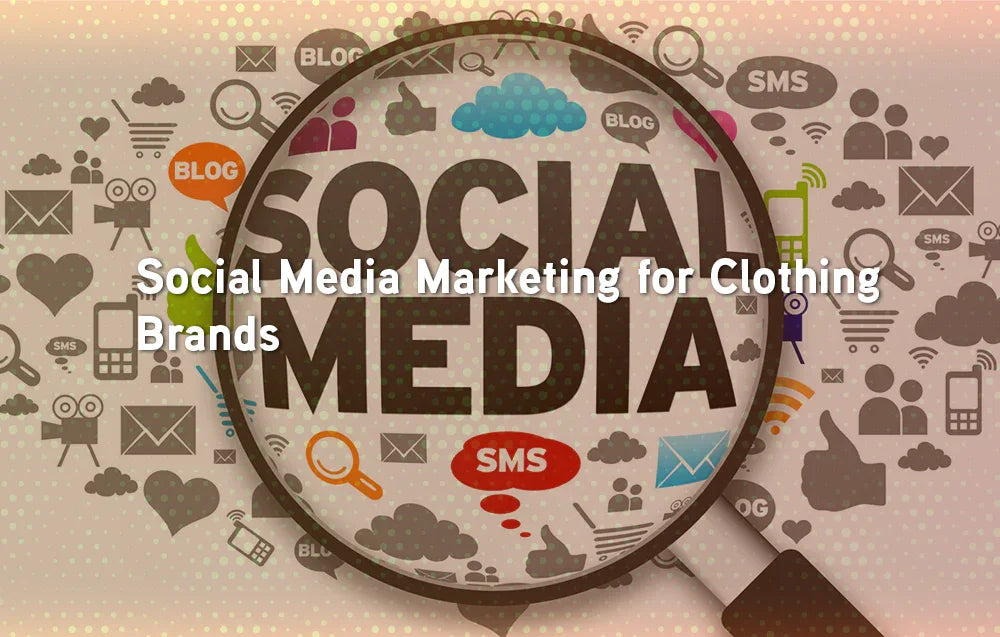
Social media is the heartbeat of clothing brand growth in 2025. With platforms like TikTok, Instagram, and Pinterest driving apparel trends, smart social media marketing can turn a small brand into a household name. This guide explores the most effective social strategies for clothing brands—whether you’re launching with DTF transfers or scaling a full apparel line.
Why Social Media Marketing Matters
Fashion and apparel thrive on visuals, trends, and culture—all of which are powered by social media. By mastering these channels, brands can:
Reach a global audience instantly.
Build a loyal community.
Turn followers into repeat customers.
Launch seasonal drops with urgency and hype.
👉 Using Custom DTF Transfers or Gang Sheet Builder, you can create fresh designs weekly to fuel your content.
Step 1: Choose the Right Platforms
Not every platform is equally effective for apparel. Focus your energy where clothing content thrives:
TikTok: Viral short-form videos, behind-the-scenes.
Instagram: Lifestyle photos, reels, influencer collabs.
Pinterest: Long-term traffic from fashion inspiration boards.
Facebook: Local groups, ads, older demographics.
📌 Quick Recap: TikTok = trends, Instagram = aesthetics, Pinterest = evergreen, Facebook = reach.
Step 2: Create Engaging Content
Content is king. But in apparel, content must be visual and relatable.
Ideas that work:
Pressing videos with the DTF Gang Sheet Uploader.
Before-and-after transformations (blank → printed shirt).
Customer photos wearing your designs.
💡 Pro Tip: Post consistently—3–5 times per week for growth.

Step 3: Leverage Influencer Marketing
Influencers drive trust and visibility.
Work with micro-influencers (1k–50k followers).
Offer free products in exchange for content.
Run affiliate programs with commission-based payouts.
👉 Test multiple designs affordably with Premade Gang Sheets before sending products to influencers.
Step 4: Use Paid Social Ads
Organic reach is great, but paid ads accelerate growth.
Facebook & Instagram Ads: Target niche audiences (dog lovers, teachers, gym fans).
TikTok Spark Ads: Boost organic viral videos.
Retargeting Ads: Re-engage visitors who didn’t purchase.
📌 Quick Recap: Paid ads = fuel for scaling.

Case Study: Brand Growth Through Social Media
A small Houston-based brand started posting pressing videos on TikTok using Glitter Gang Sheet Builder. Within weeks, their video went viral, leading to 1,500 new followers and dozens of orders. By pairing TikTok growth with Instagram lifestyle shots and an email campaign, they doubled monthly revenue in just 90 days.
📌 Lesson: Consistency + creativity = growth.
Step 5: Build a Community
Community matters as much as sales.
Reply to comments and DMs.
Share user-generated content (customers wearing your shirts).
Create polls for future design decisions.
Offer exclusive discounts to followers.
👉 Example: Launch a private Facebook group for loyal buyers to preview new drops.
Table: Social Platform Strengths for Apparel
| Platform | Strengths | Best Use Case |
|---|---|---|
| TikTok | Viral potential, trend-driven | Behind-the-scenes, humor, transformations |
| Visual branding, influencer reach | Reels, lifestyle shots, stories | |
| Evergreen inspiration traffic | Niche boards, fashion collections | |
| Ads + older demographics | Groups, retargeting ads |
Step 6: Tie Social Media to Sales
Social media isn’t just for likes—it should drive revenue.
Link directly to products like DTF Transfers Ready-to-Press.
Use Shopify/WooCommerce integrations for Instagram Shopping.
Add TikTok Shop for direct checkout.
Track analytics—know which posts convert.
💡 Pro Tip: Use clear CTAs like “Shop Now,” “Limited Drop,” or “Link in Bio.”
Step 7: Scale with Seasonal & Specialty Content
Seasonal content fuels urgency.
Drop themed designs for Halloween, Christmas, and Valentine’s Day.
Show specialty items like UV Stickers or Glitter Transfers.
Create countdown posts for launch days.
📌 Quick Recap: Seasonal + specialty drops = engagement spikes.
Conclusion
Social media marketing for clothing brands is about combining visual storytelling, community building, and smart promotion. Platforms like TikTok, Instagram, and Pinterest give you the reach, but it’s consistency and creativity that actually convert casual scrollers into paying customers. Every post should serve a purpose—whether it’s to inspire, entertain, or drive action. Brands that treat their content as part of a bigger narrative, instead of random one-off posts, build stronger connections and longer-lasting customer loyalty.
With tools like Custom DTF Transfers, the Gang Sheet Builder, and Premade Sheets, you’ll always have fresh content and designs ready to market. These tools not only keep your creative pipeline full but also allow you to stay flexible—quickly jumping on trends, launching seasonal collections, and experimenting with new styles without wasting time or money.
👉 Don’t just post— market with intention. Build content that reflects your brand’s identity, nurture your audience through engagement, and keep showing up consistently. By combining creativity with strategy, you can transform your clothing brand from just another online shop into a recognizable name that thrives in 2025 and beyond.
Which platform is best for clothing brands?
TikTok and Instagram are top in 2025.
Do I need paid ads?
Not to start, but ads help scale faster.
How often should I post?
At least 3–5 times weekly for consistent growth.
What type of content works best?
Behind-the-scenes, transformations, and lifestyle shots.
Do micro-influencers really help?
Yes—authenticity often beats big follower counts.
Should I use Pinterest?
Yes—great for evergreen traffic.
How do I tie social media to sales?
Use product links, TikTok Shop, and Instagram Shopping.
Can seasonal drops boost engagement?
Absolutely—holiday content performs well.
How do I build community?
Engage in comments, share UGC, create groups.
Where can I order transfers for new drops?
At Transfer Kingdom: DTF Transfers by Size.
